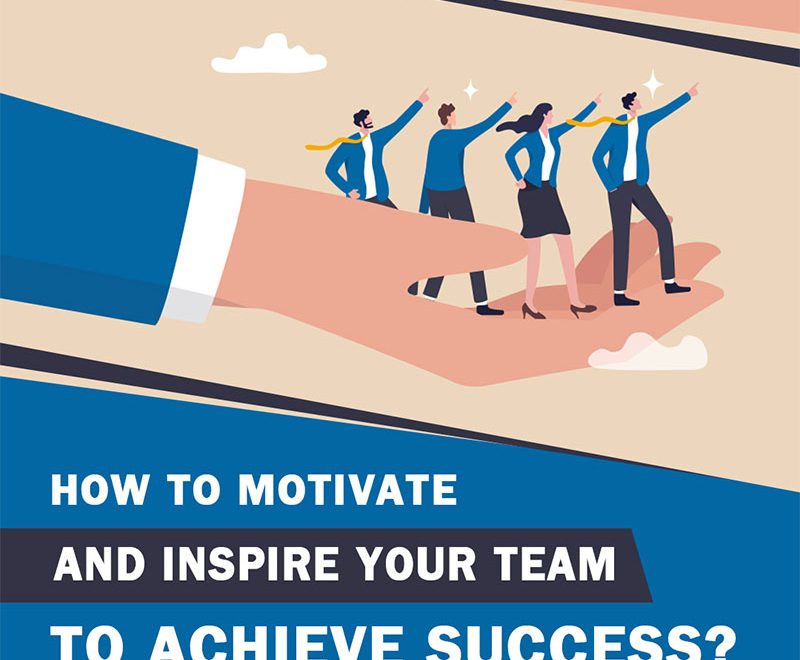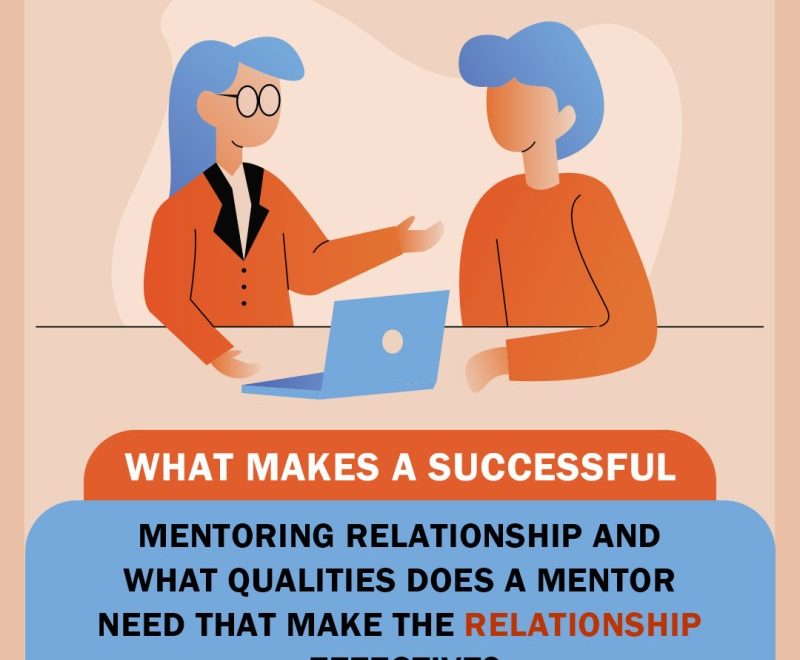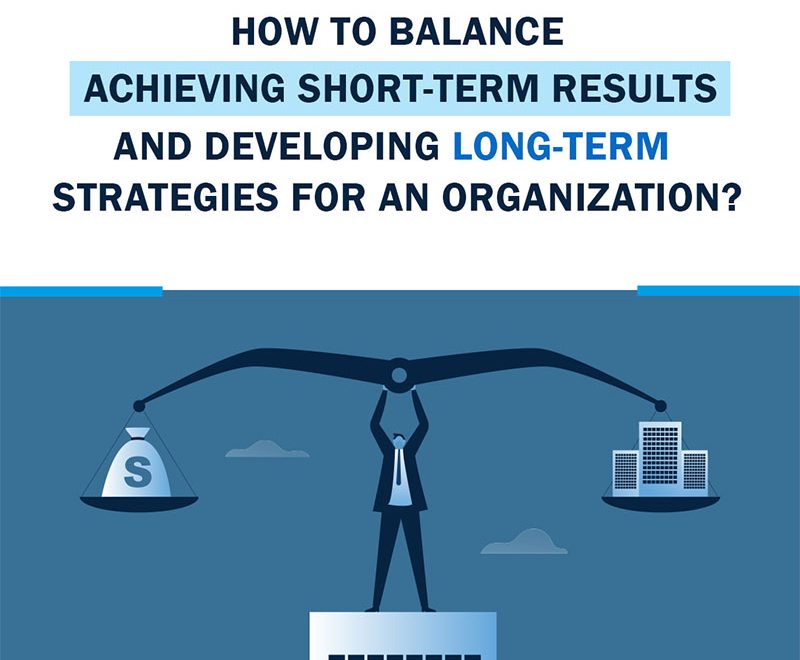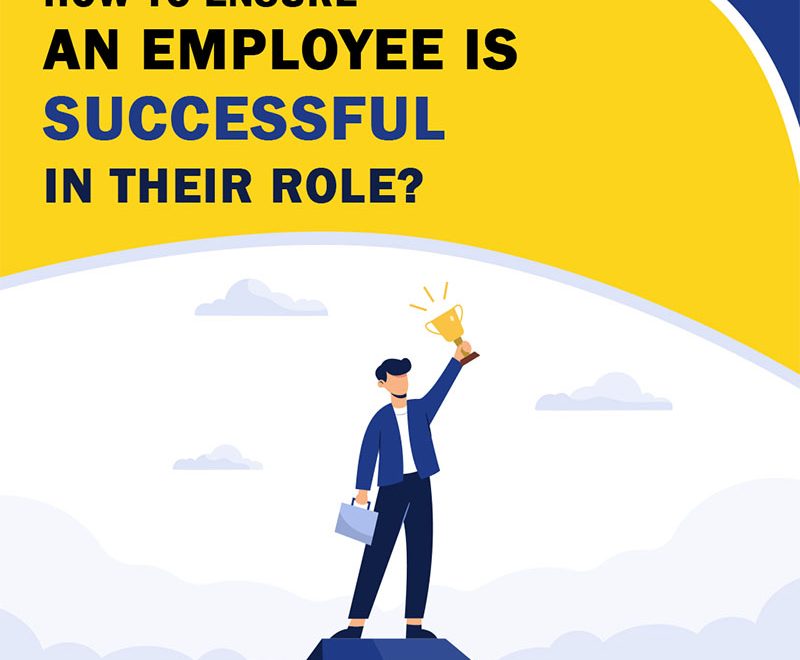How can someone motivate and inspire their team to achieve their goals?
So inspiring, and motivating people to achieve their own goals is an important part of leading, and probably the worst thing you can do to inspire and motivate people is to force and impose upon them. It’s like, Man, everybody wants a bonus, but that’s like the Junk food version of motivation, the carrot, and the stick sort of a thing, which is not a good way to get long-standing performance out of people or an organization. So, the best way to motivate people is to help them align their goals to a purpose, a noble vision. And so, if you as a leader can create the vision for your company and tie that to a noble vision and a story, a way of caring for or caring about something or somebody, then people can buy into that. In a lasting and sustainable way tying people to a cause that they feel matches how they feel about themselves, and how they feel about their place in the world, giving them a cause is really the best way to motivate people and link that. But causes can’t be fake, it must be real.
For example, in the co-op world, the cause that we had was we’re giving people electricity and their lives will be easier, it’s a quality of life issue, and we’re enhancing their quality of life, and so people can understand what that feels like, right? So you give them a worthy cause, a noble mission first; Something that they can tie into, and then you put a face on it, so you make it personal to them, whether it’s a little old lady down the street or the kid or the farmer or whatever that is, you put a face on it, on that cause, and maybe it’s different bases for different people, it’s not all the same face, but giving them a noble vision and a worthy cause, a face that they can relate to, and then feedback, Continual feedback. So, I don’t mean like Cheerleading feedback, but measure the success, let them know they’re moving the ball, let people know, “Hey, this is what we did, here’s a story about how what we did made a success”, and sharing those success stories, then begins this reinforcing.
That builds energy, then that energy serves the noble vision, the vision helps accomplish things, you tell the story, and so you create this virtuous cycle of feedback and accomplishment that feeds people’s internal motivation to really get things done and move the ball.







